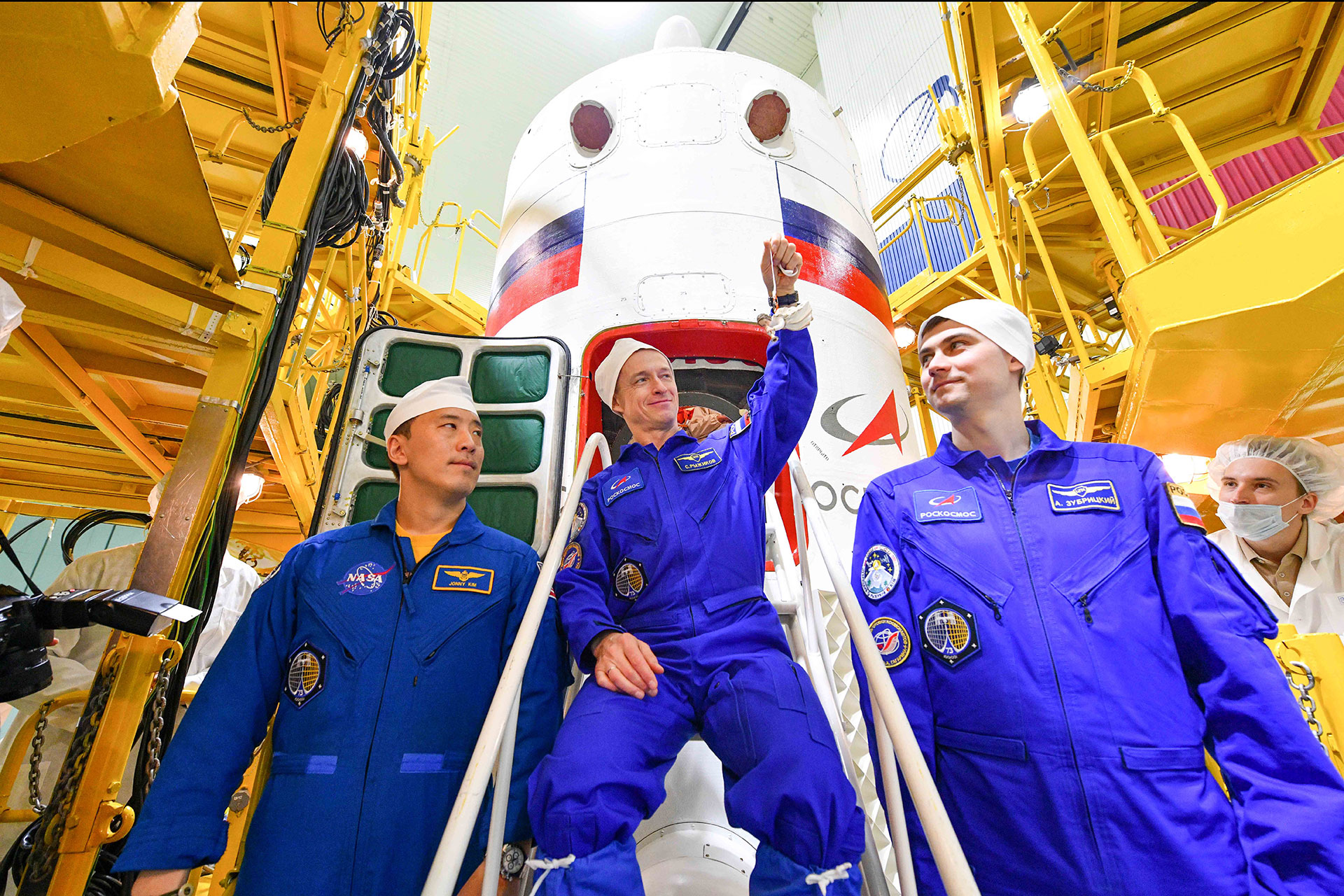Secretive X-37B Military Space Plane Marks 700 Days in Orbit

The U.S. Air Force's robotic X-37B space plane has now been circling Earth for 700 days on its latest hush-hush mission.
That mission — known as Orbital Test Vehicle 4, or OTV-4 — began on May 20, 2015, with a liftoff atop a United Launch Alliance Atlas V rocket from Florida's Cape Canaveral Air Force Station.
As the name implies, the current mission is the fourth for the X-37B program. These orbital jaunts have been getting progressively longer: OTV-1 launched in April 2010 and spent 224 days in space, OTV-2 lifted off in March 2011 and orbited Earth for 468 days, and OTV-3 began in December 2012 and operated for nearly 675 days. [The Most Dangerous Space Weapons Ever]
Most X-37B payloads and activities are classified, so it's unclear what exactly the space planes are doing as they zoom around our planet. But there's nothing nefarious going on, Air Force officials have stressed.
"The primary objectives of the X-37B are twofold: reusable spacecraft technologies for America's future in space and operating experiments which can be returned to, and examined, on Earth," Air Force officials wrote on an X-37B fact sheet.
Interestingly, that same fact sheet states that the X-37B is designed to operate for 270 days in orbit — a duration mark that the most recent three missions have blown past.
The Air Force is known to own two X-37B vehicles, both of which were built by Boeing. Each solar-powered space plane is just 29 feet (8.8 meters) long and 9.6 feet (2.9 m) tall, with a payload bay the size of a pickup truck bed. (For comparison, both X-37Bs could fit inside the payload bay of one of NASA's now-retired space shuttle orbiters.) Each of the two X-37Bs has flown two missions to date.
Breaking space news, the latest updates on rocket launches, skywatching events and more!
The X-37B launches vertically atop a rocket and comes in horizontally for a runway landing. All four missions have launched from Cape Canaveral, and the first three landed at Vandenberg Air Force Base in California.
But OTV-4 may buck this latter trend and land in Florida. The Air Force has modified the old Shuttle Landing Facility (SLF) at NASA's Kennedy Space Center, which is next door to Cape Canaveral, to accommodate the X-37B. And Air Force officials have said that they aim to consolidate the program's launch and landing activities on Florida's Space Coast.
The SLF last hosted a touchdown in July 2011, when the space shuttle Atlantis landed there to wrap up its STS-135 mission — the final one for the iconic shuttle program.
Follow Mike Wall on Twitter @michaeldwall and Google+. Follow us @Spacedotcom, Facebook or Google+. Originally published on Space.com.

Michael Wall is a Senior Space Writer with Space.com and joined the team in 2010. He primarily covers exoplanets, spaceflight and military space, but has been known to dabble in the space art beat. His book about the search for alien life, "Out There," was published on Nov. 13, 2018. Before becoming a science writer, Michael worked as a herpetologist and wildlife biologist. He has a Ph.D. in evolutionary biology from the University of Sydney, Australia, a bachelor's degree from the University of Arizona, and a graduate certificate in science writing from the University of California, Santa Cruz. To find out what his latest project is, you can follow Michael on Twitter.

